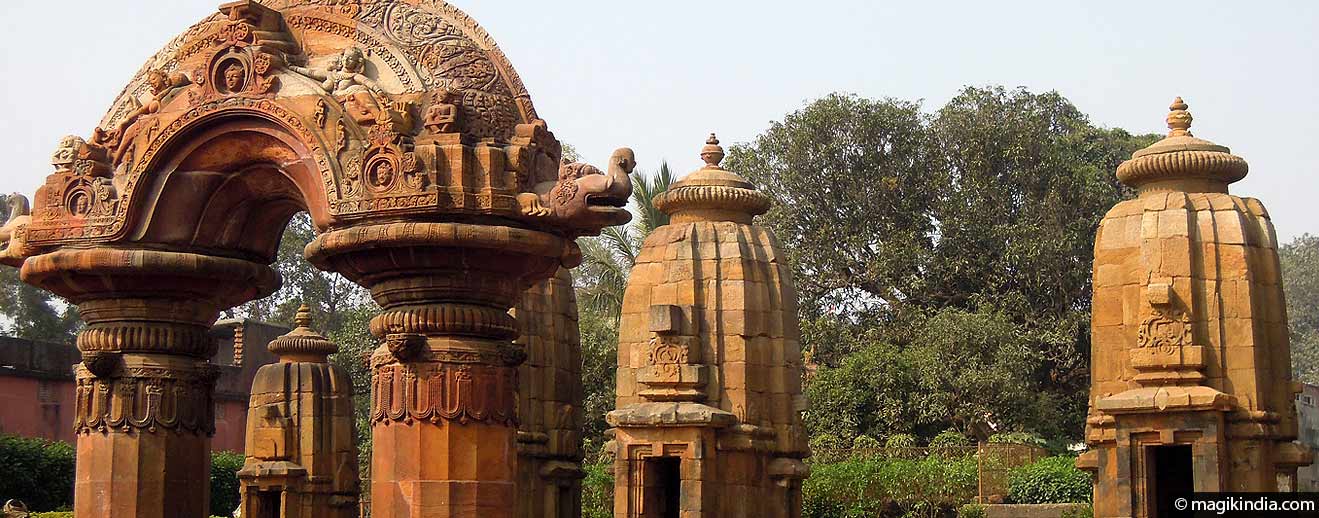
Bhubaneshwar, the city of the Kalinga rulers
Bhubaneshwar, “lord of the three worlds”, is the capital of Odisha (formerly Orissa). It fully deserves its nickname of “city of temples”. Built over 2000 years ago and at one time contained thousands of temples. It still boasts several hundred and together with Puri and Konark forms a Swama Tribhuja or “golden triangle”.
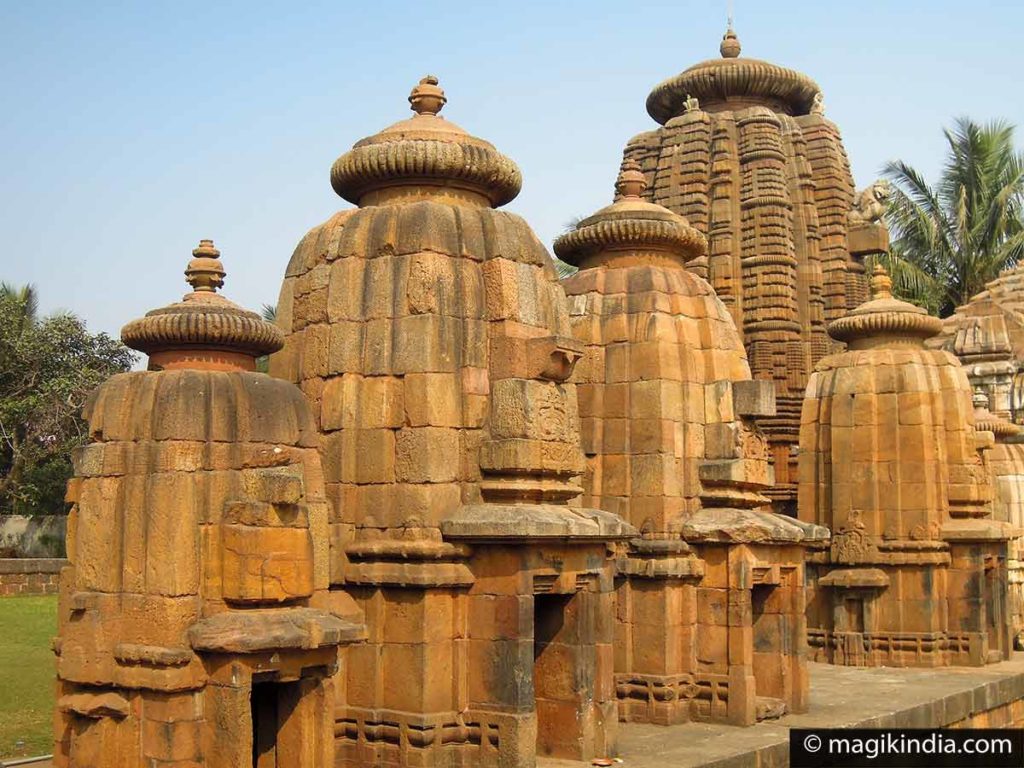
The earliest written trace of the Bhubaneshwar dates from the great war of 261 BCE when the emperor Maurya Ashoka invaded the kingdom of Kalinga. The battle was so fierce and bloody that it marked a decisive turning point in the life of king Ashoka. After the war he renounced his efforts to expand his empire and converted to Buddhism. He worked to propagate this philosophy, which became the state religion.
Under the reign of the king Kharavela, in 49 BCE, Jainism flourished. The caves of Udayagiri and Khandagiri date from this period (see below)
The Kesari and Ganga Kings were very ambitious builders who were followers of Shaiva and Vaishnava faith. Magnificent temples of Bhubaneswar, Puri and Konark were constructed during their reign (712-1200 AD).
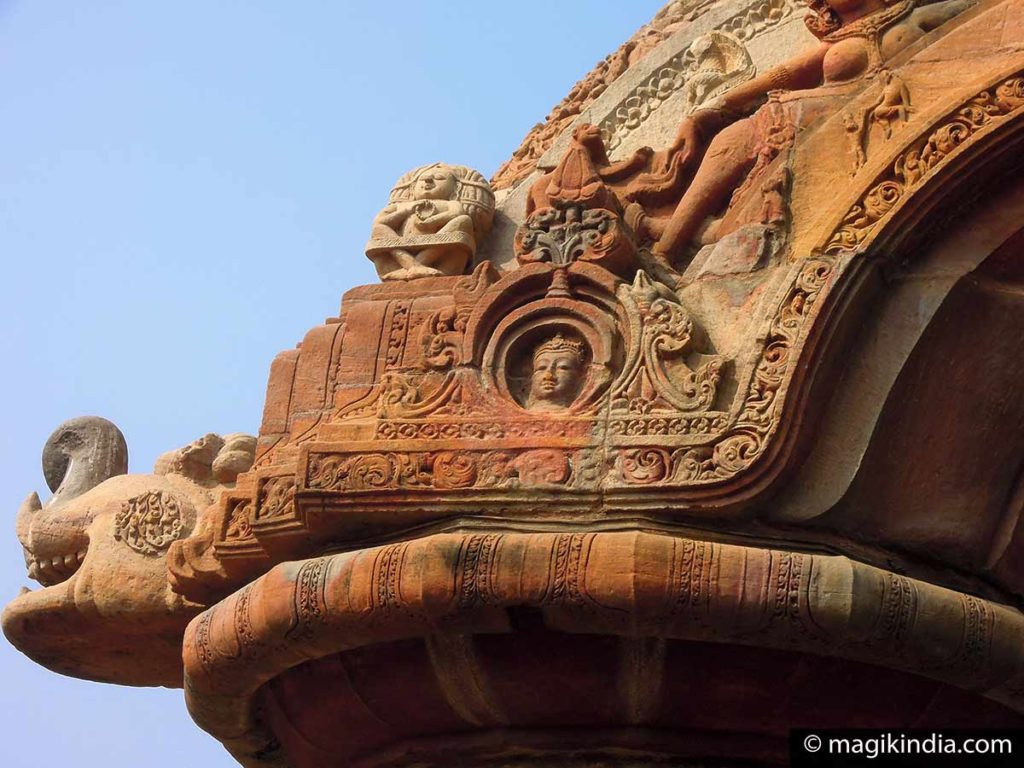
Festivals not to miss
Mukteshvara festival
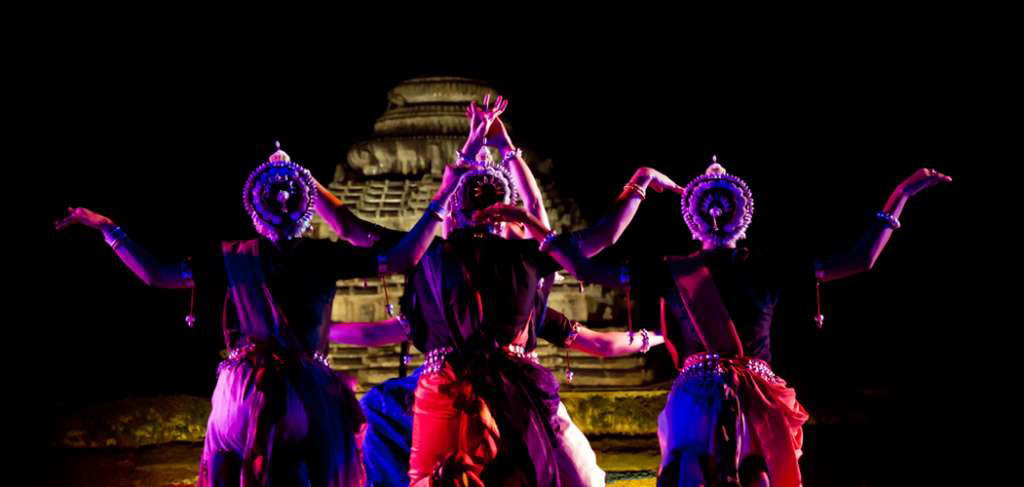
Mukteshvara Temple is a 10th-century Hindu temple dedicated to Shiva (see below). This festival is named after it. The Mukteshwar Utsav in Orissa is mainly a dance festival, in which many talented Odissi dancers perform. Odisha is a culturally very rich region and the birthplace of Odissi, one of India’s six classical dances.
Rajarani music festival
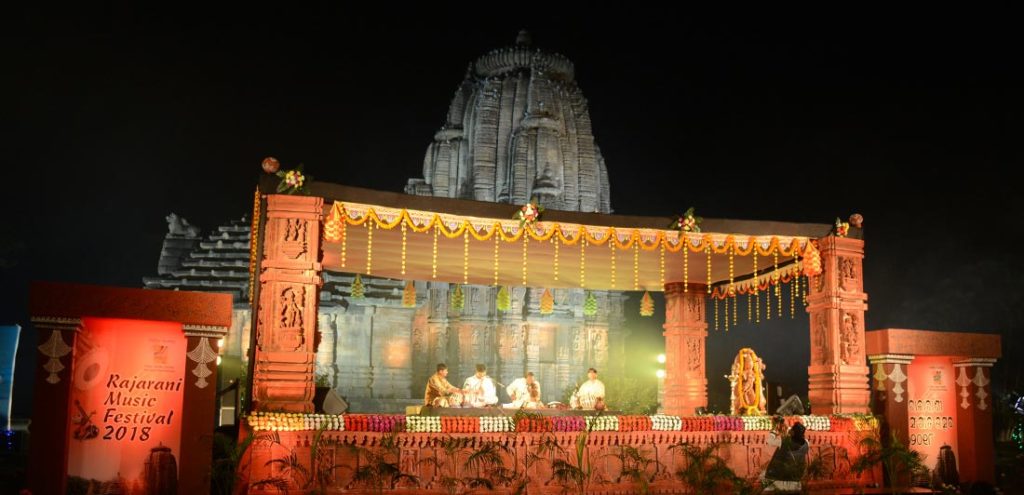
The Rajarani Music Festival held in the beautiful courtyard of the Rajarani Temple. The aim of the festival is to show the glorious tradition of Indian classical music. The musical evenings are brilliant with excellent performances by the great maestros of Indian classical music creating an symbol of darbari gayans (musical performances in an Indian king’s court) of age old histories.
And now, let’s visit Bhubaneshwar!
Lingaraj Temple

Lingaraj temple is magnificent. It is the largest of all, but is unfortunately non-Hindus are not allowed in.
It can be just glimpsed from a viewing platform outside the temple; someone may ask you for money to get onto the platform but don’t pay, it is not an official fee.
Lingaraja means “king of lingams”. The temple is dedicated to Harihara, a deity who is half Shiva, half Vishnu. The main altar holds a granite Swayambu Lingam (self-manifested lingam). The building of the temple was spread over several centuries from the 6th to the 11th. It houses 150 small altars and the Sikhara (the main tower) is 55m tall.
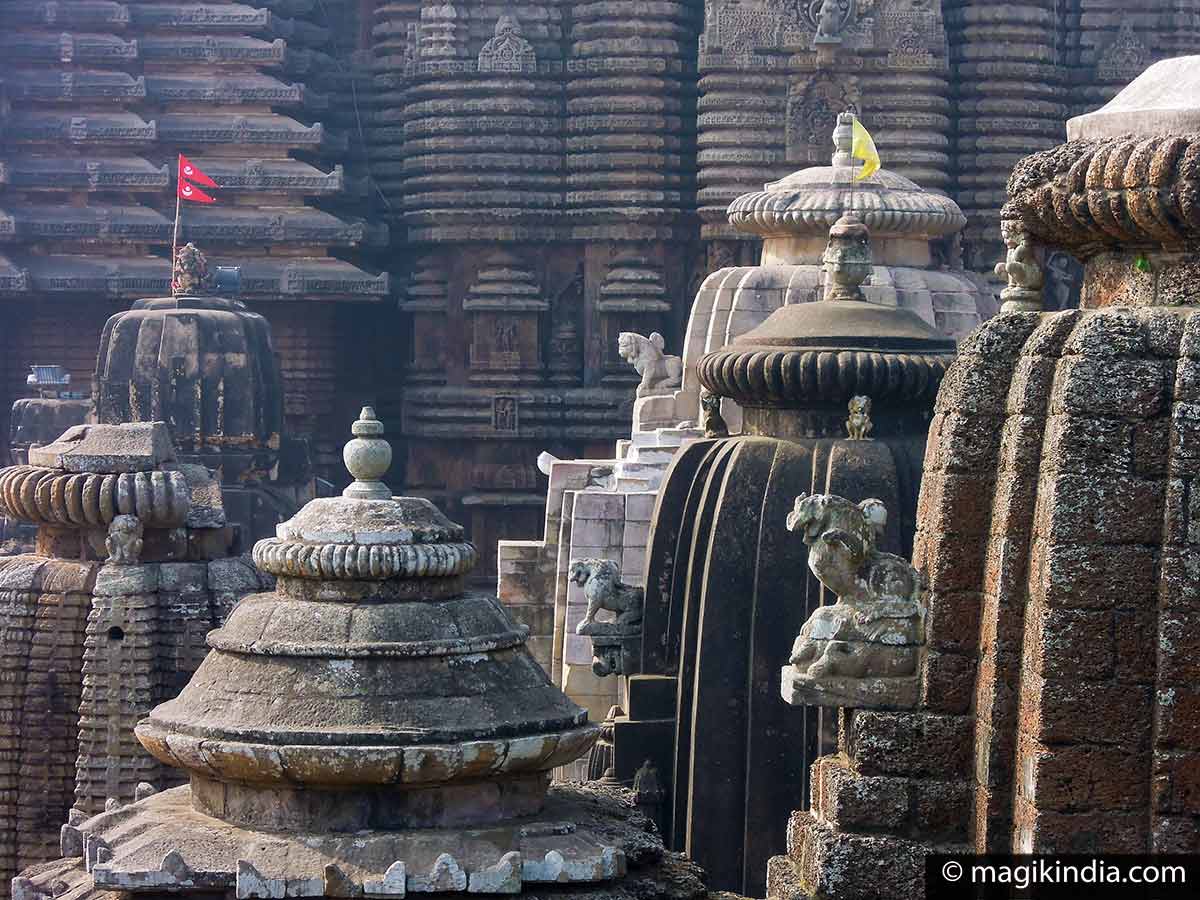
Chitrakarini Temple
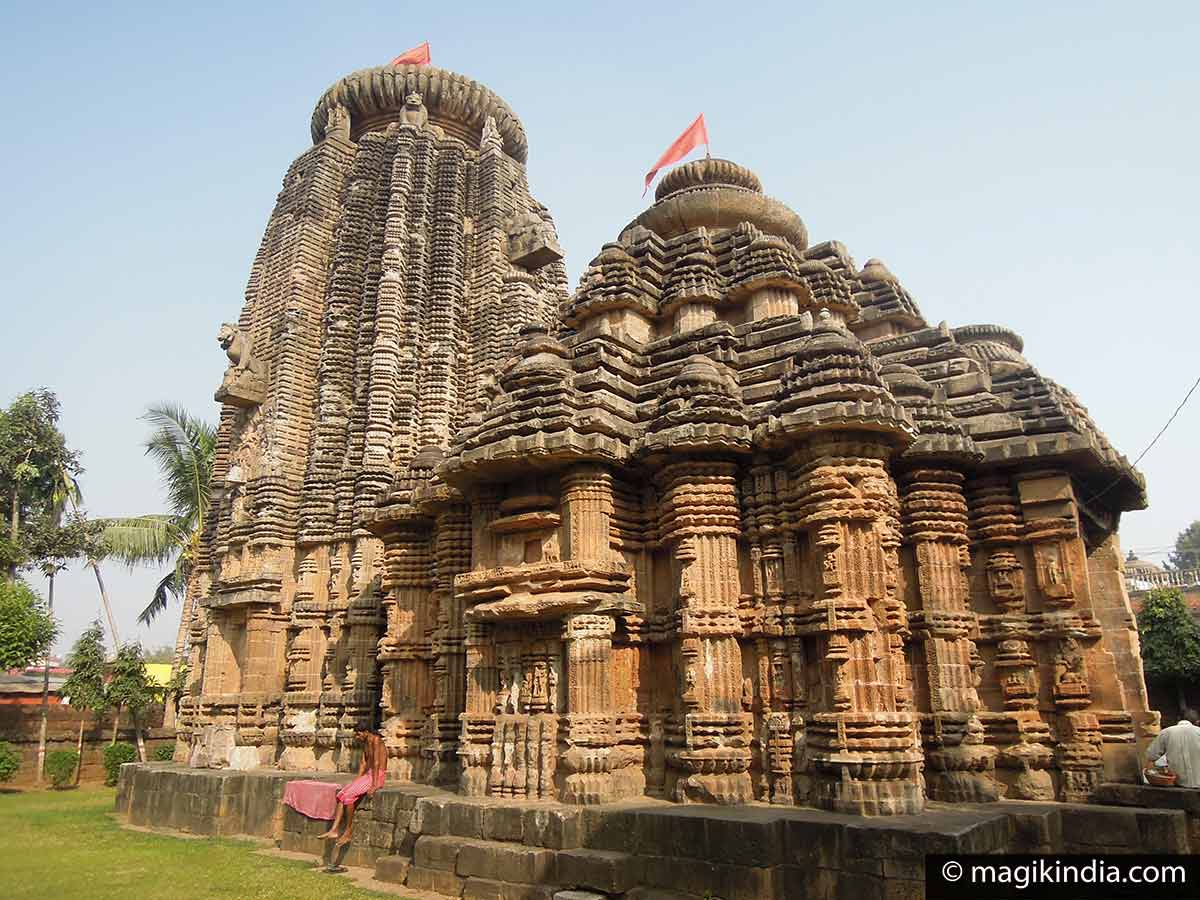
Chitrakarini temple is next door to Lingaraj Temple. It possesses some fine bas-reliefs depicting events such as the marriage of Shiva and Parvati.
Mukteswara Temple
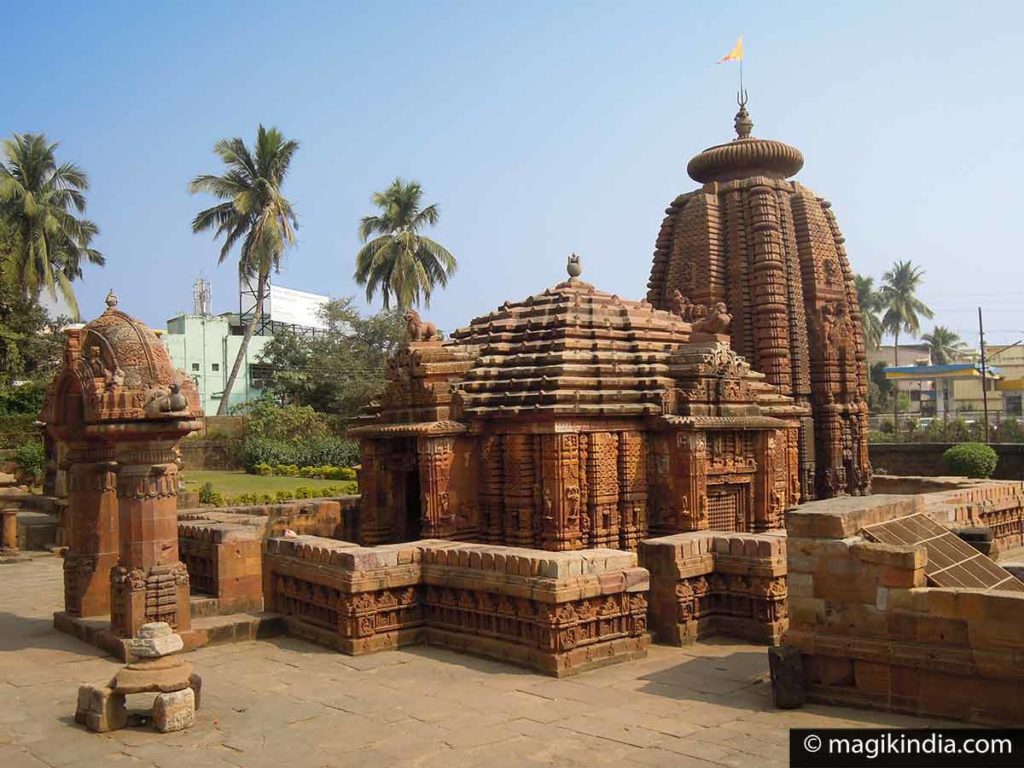
Mukteswara temple is certainly one of the finest in Bhubaneshwar.
The detail and delicacy of the carvings are a treat for the eye. Its Buddhist-influenced torana (arch) is particularly remarkable.
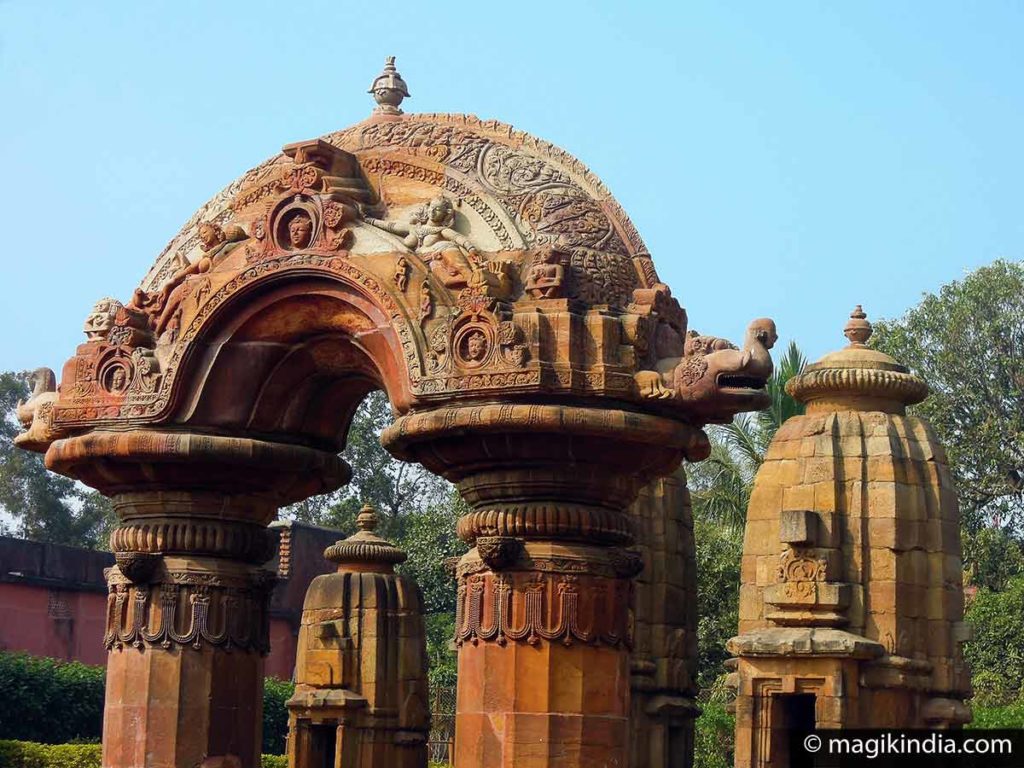
Mukteswara temple was built in the 10th century CE and is dedicated to the Hindu god Shiva. Mukteswara means “lord of liberation”.
The brahmins (priests) officiating in the temple can guide you around (in English) for the price of a donation (50-100 rupees will be enough). You can also ask to perform a puja (ritual) at the temple’s lingam.
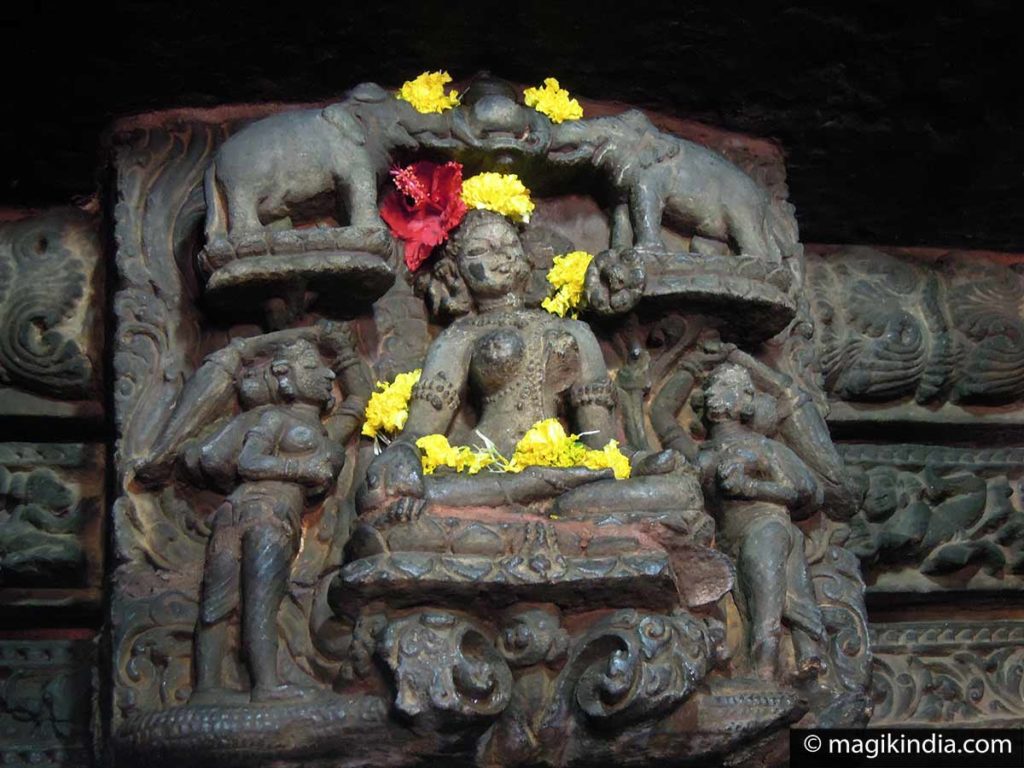
In the same complex there is another small temple called Siddheshwar, with a Harihara lingam (half Shiva, half Vishnu). It is also worth seeing.
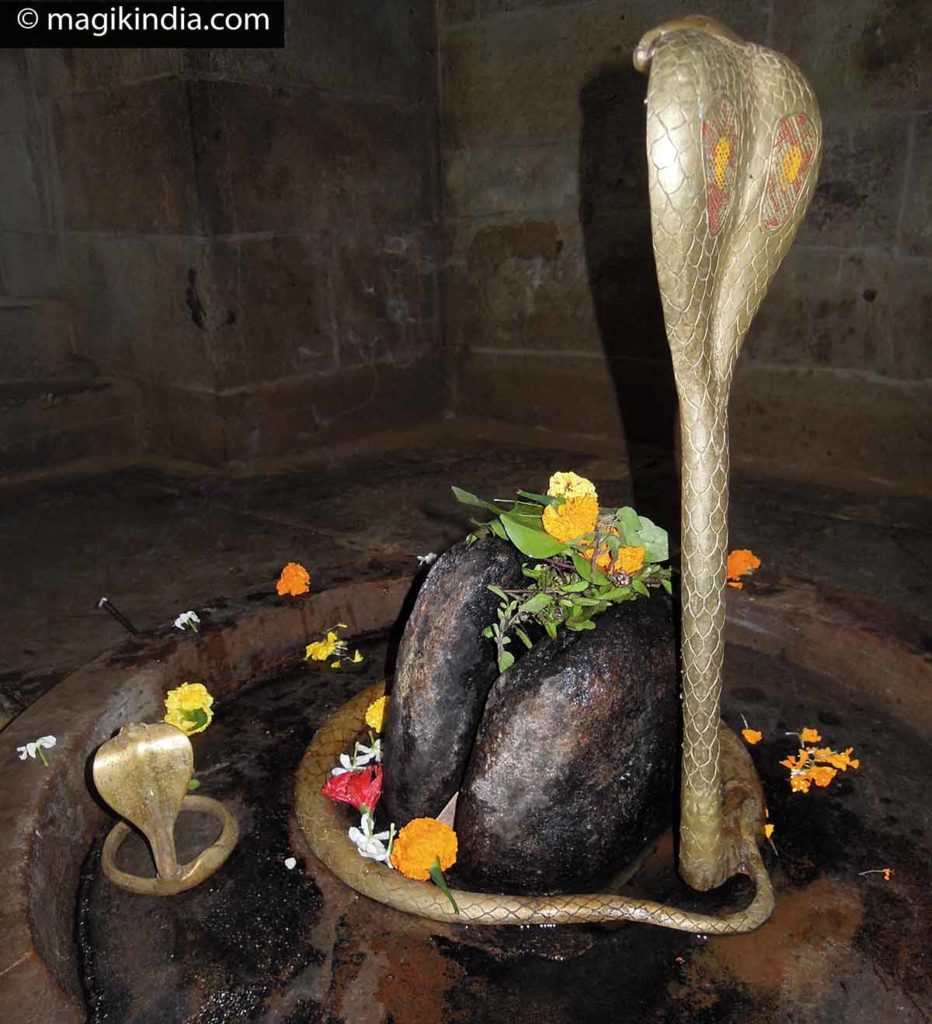
Kedar Gauri temple
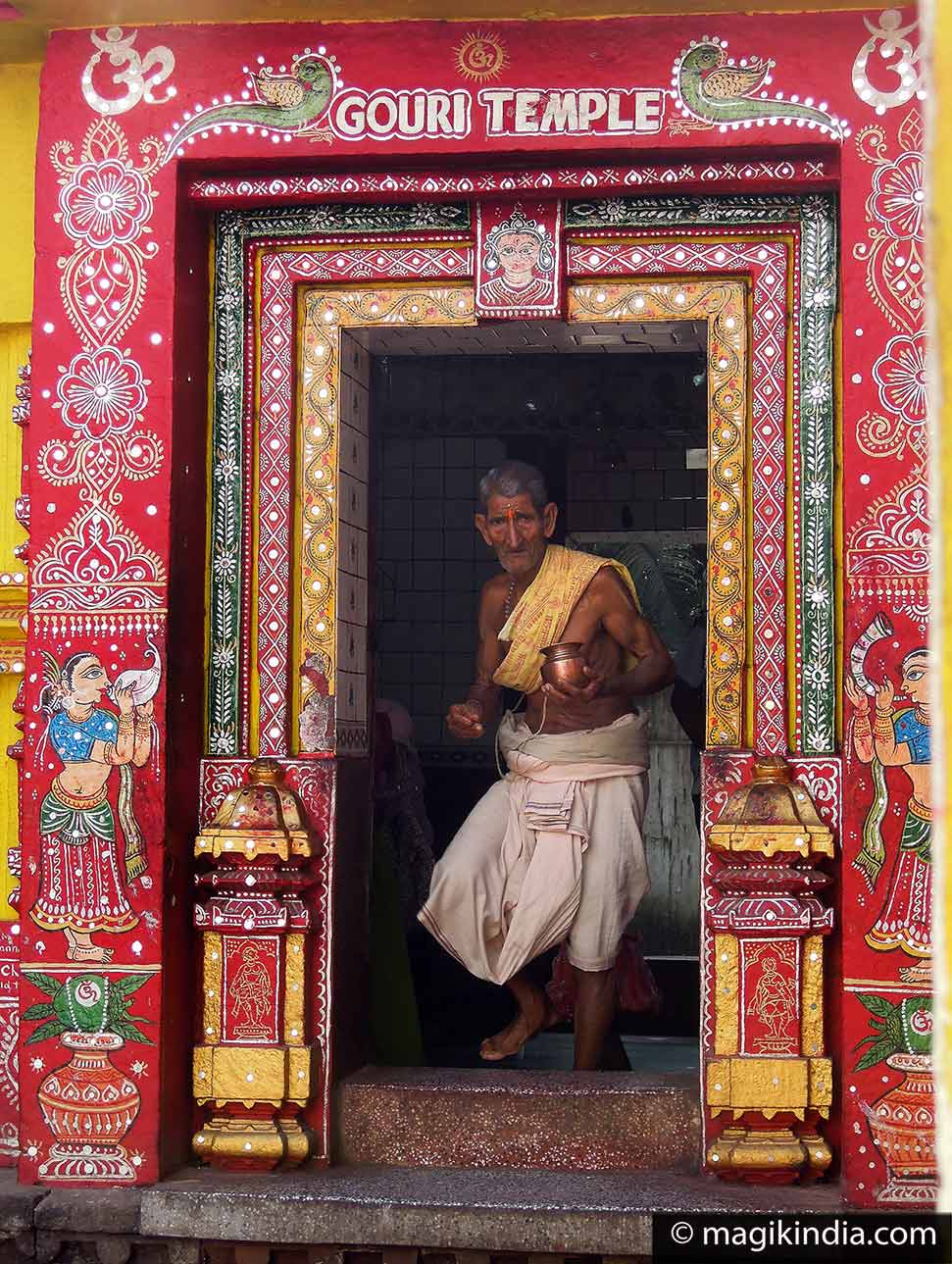
This brightly-painted Hindu temple stands just beside Mukteswara temple.
It is dedicated to the god Shiva and goddess Gauri. There are several legends associated with the temple. One tells that it was built in honour of Shiva and Gauri’s lovemaking.
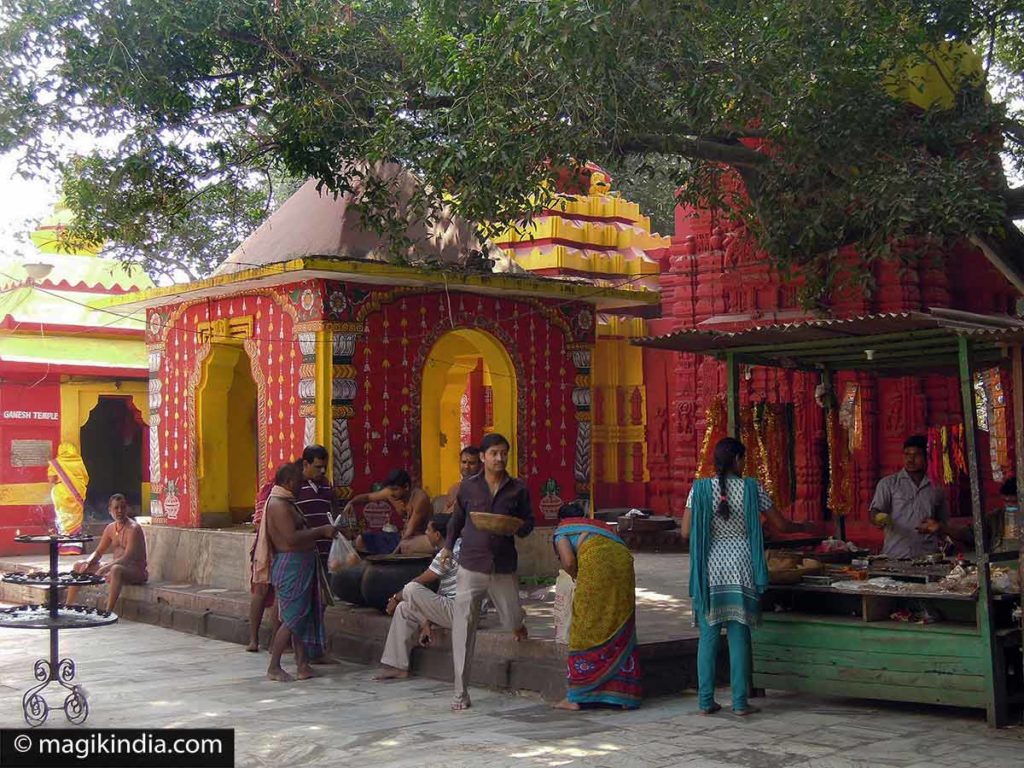
Parasurameswara temple
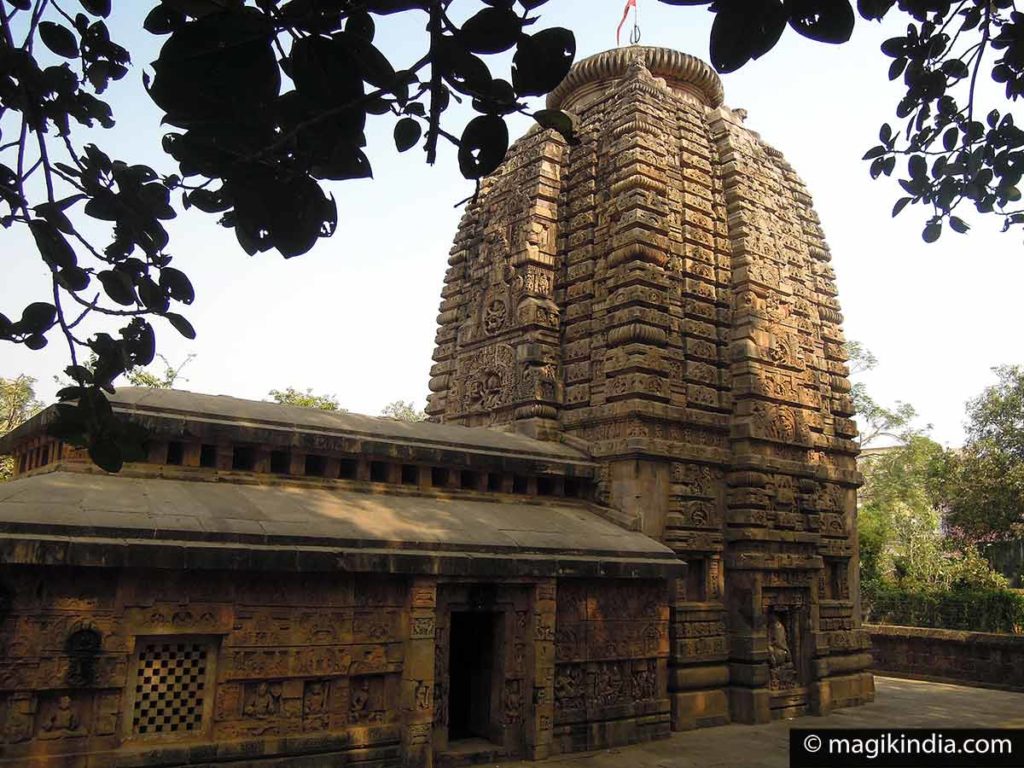
A few yards from Mukteswara temple stands Parasurameswara temple, dating from the 7th century and dedicated to Shiva.
It is among the oldest temples in Odisha. Its façades are richly decorated with bas reliefs representing various deities.
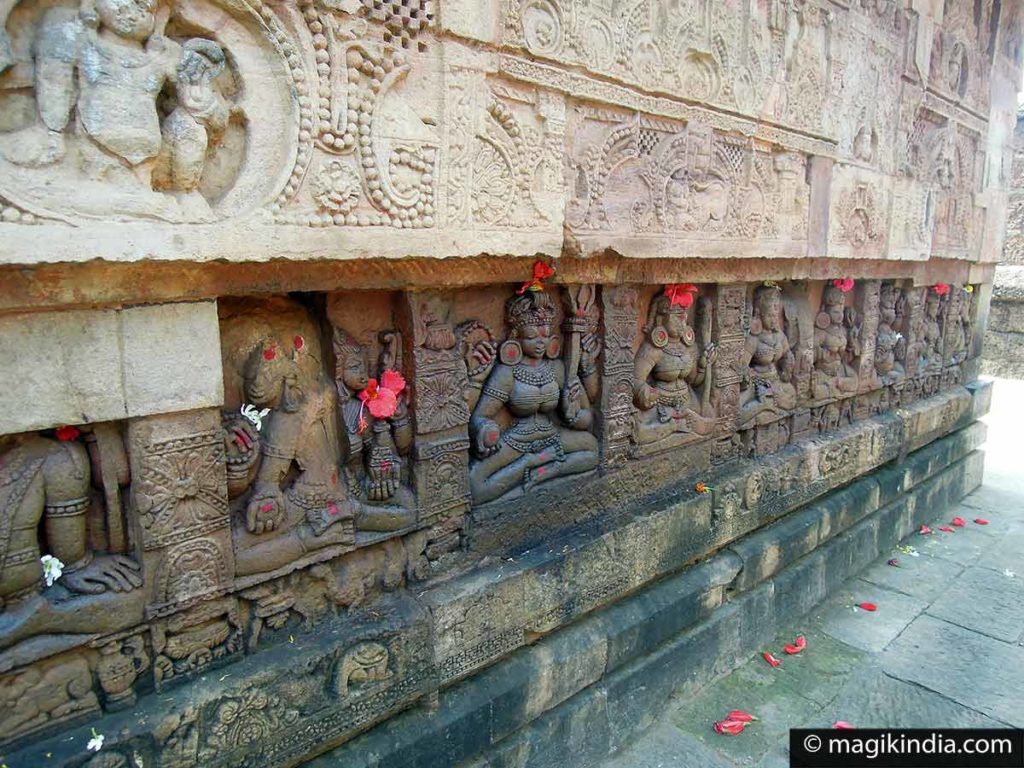
One that particularly attracts attention is a relief carving of Mahisamardini, a six-armed version of the Hindu goddess Durga.
In the courtyard stands a lingam decorated with scores of miniature lingams in relief.
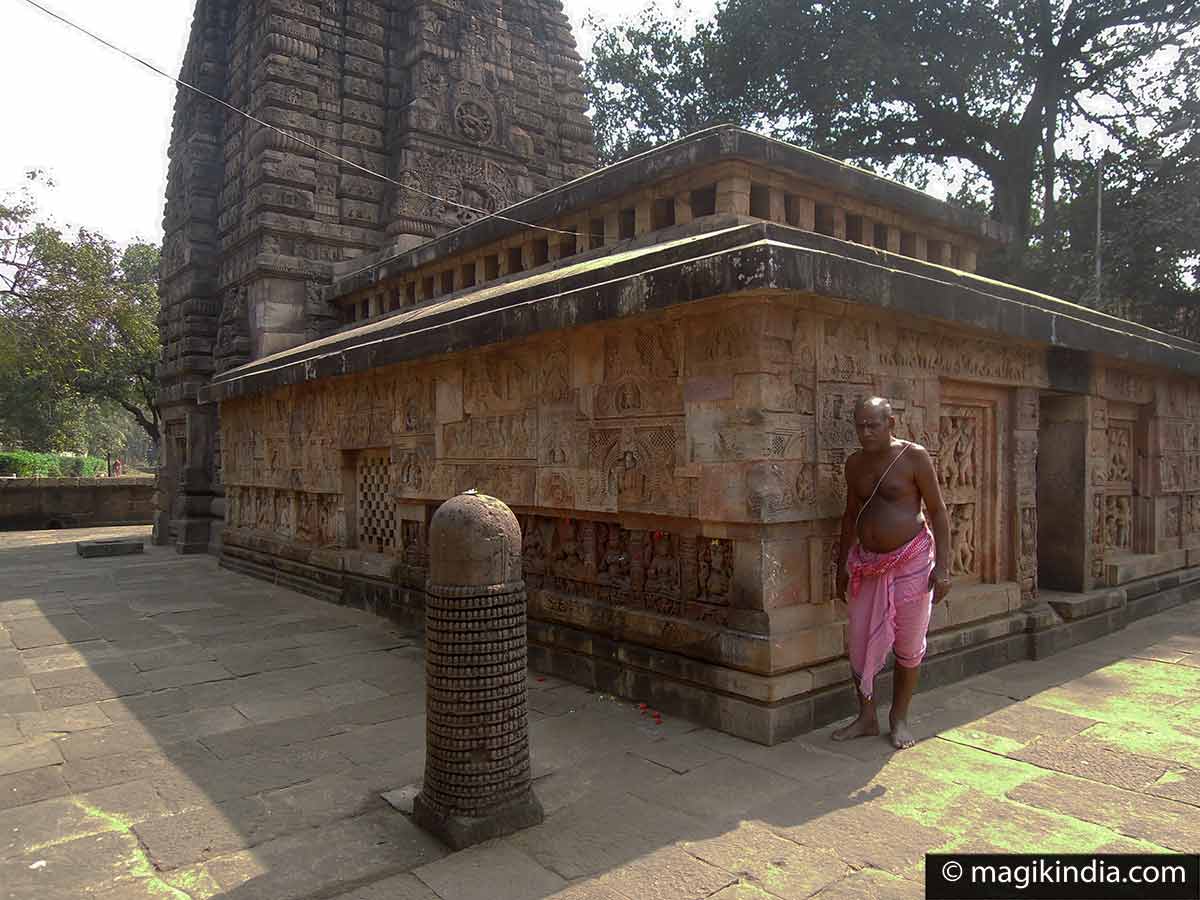
Rajarani temple
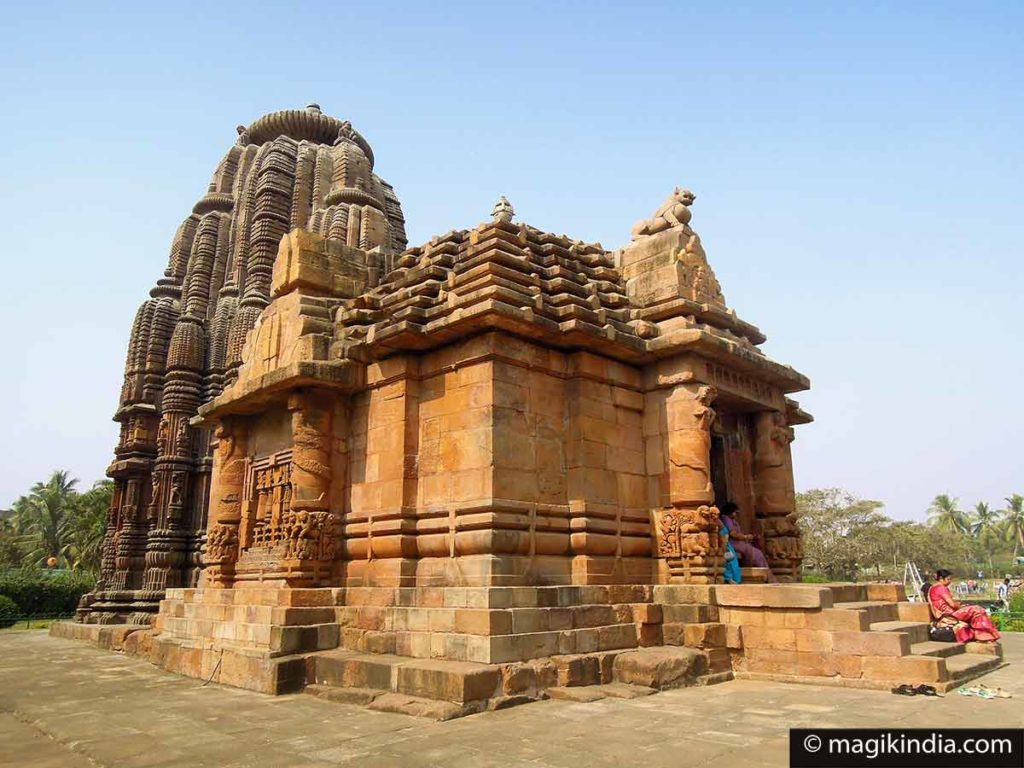
Rajarani is a 11th-century temple. It is surrounded by a lovely garden. The origin of the temple’s name is in dispute. The most likely explanation is that it is connected with the use in its construction of a red and golden-yellow sandstone known locally as rajarani.
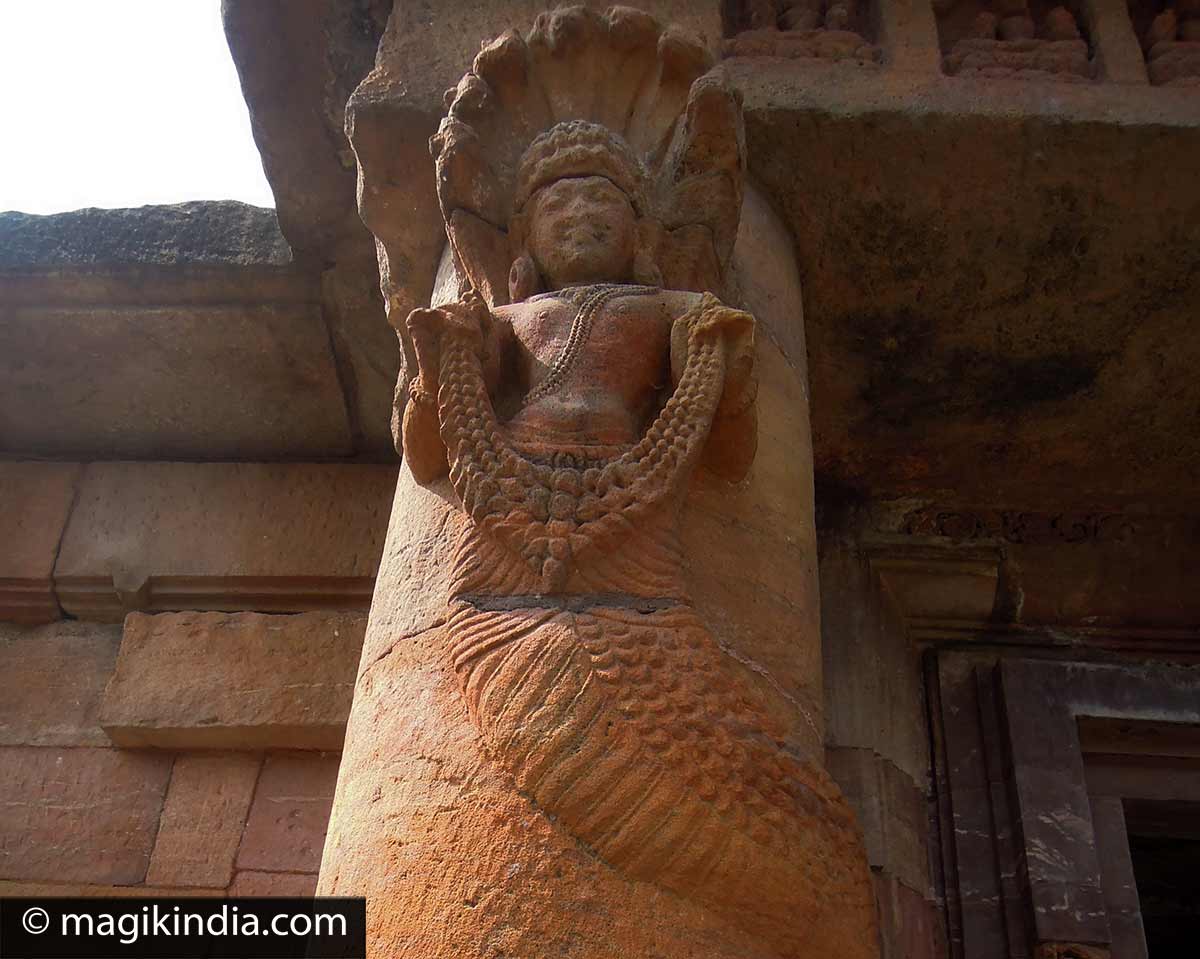
The temple sculptures are particularly elegant, especially the female figures, depicted in various activities such as amorous dalliance, looking into a mirror and playing with a pet bird.
This is the only temple in Bhubaneshwar that charges an entrance fee.
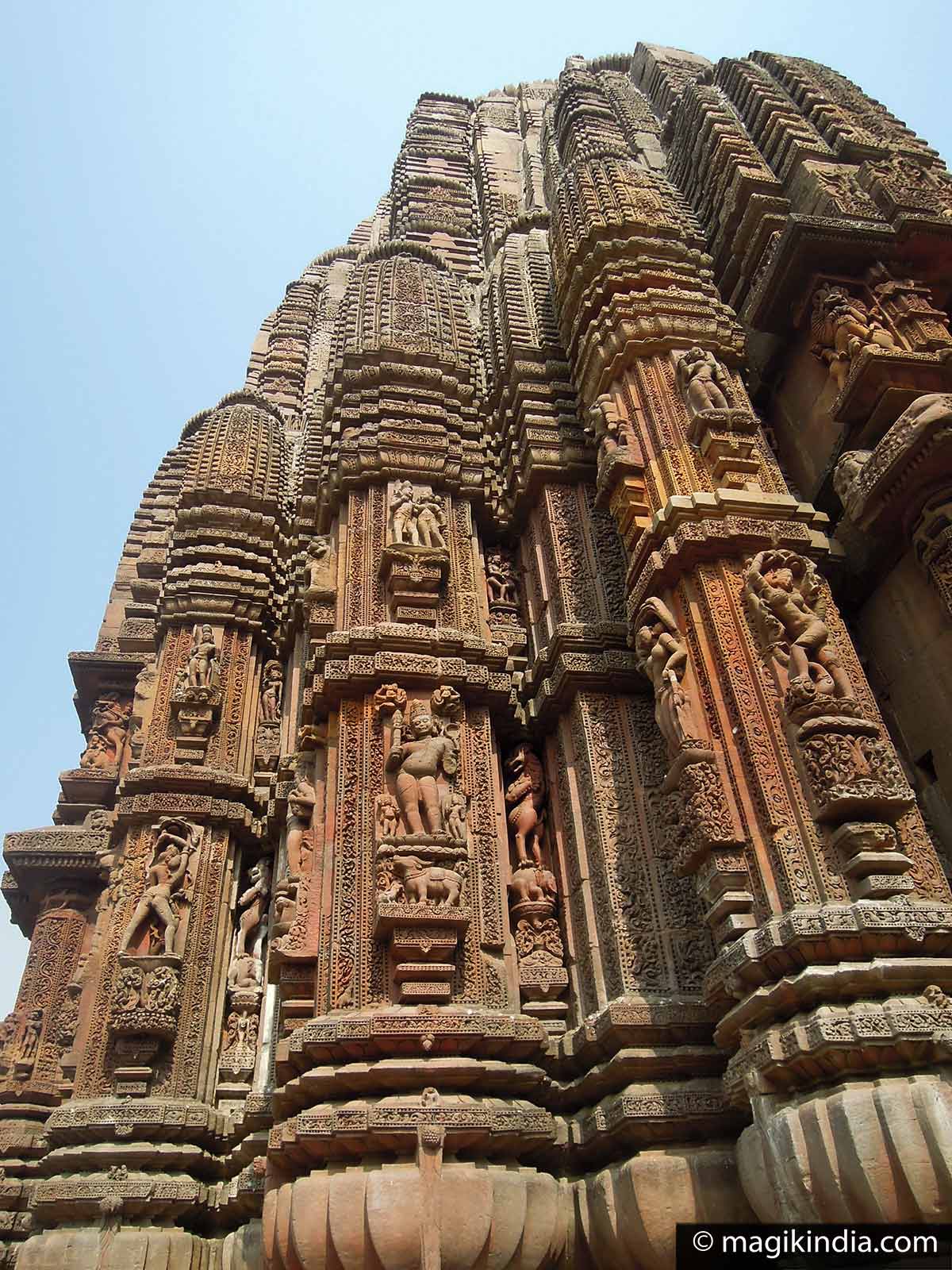
Vaital Deul Temple
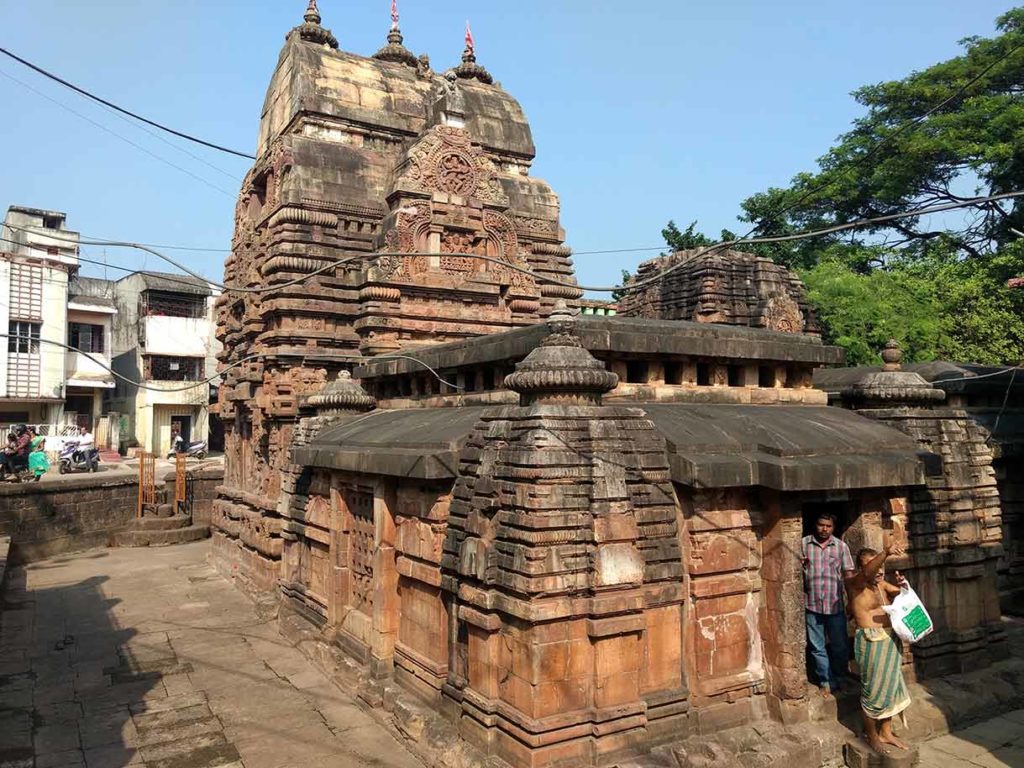
The 9th-century Vaital temple differs from the rest in that it has been consecrated for tantric rites.
Tantrism is based on the worship of Shakti, female energy. The cult involves elaborate rituals involving magic and sacrificial offerings.
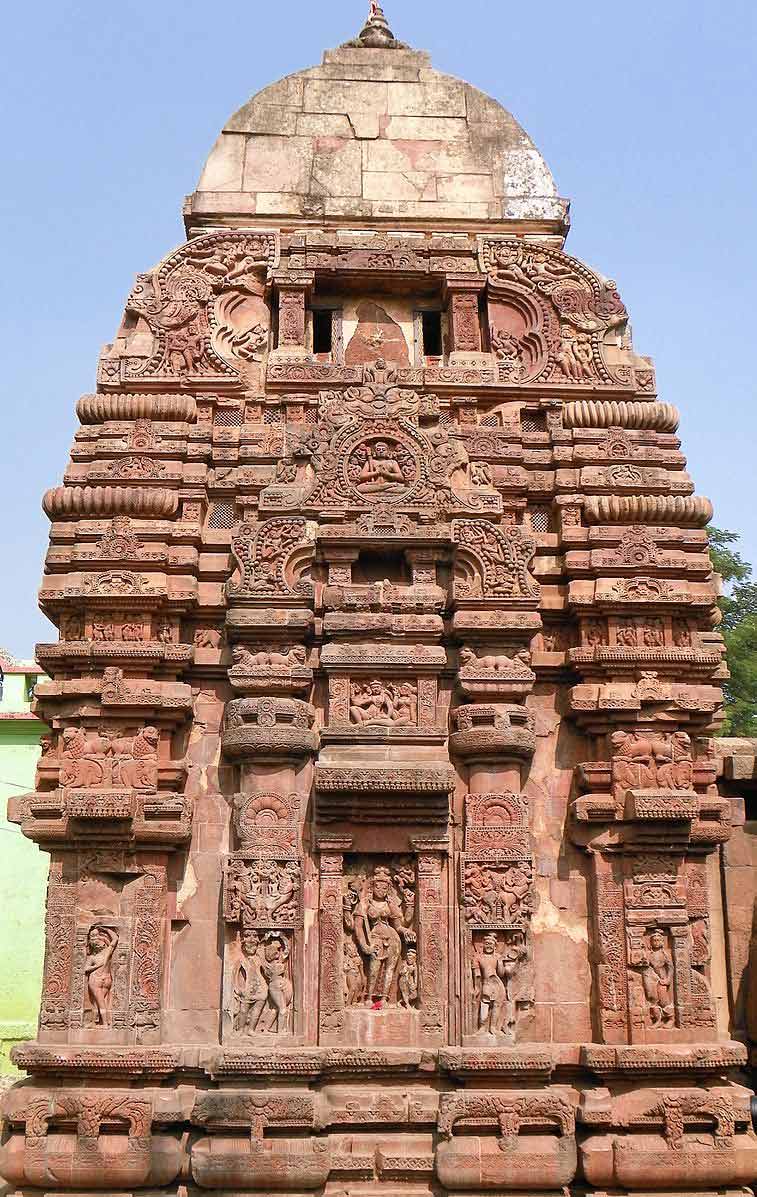
Inside this temple is a most unusual idol of Chamunda (a form of the goddess Durga) with a garland of skulls round her neck, seated on a corpse and flanked by an owl and a jackal.
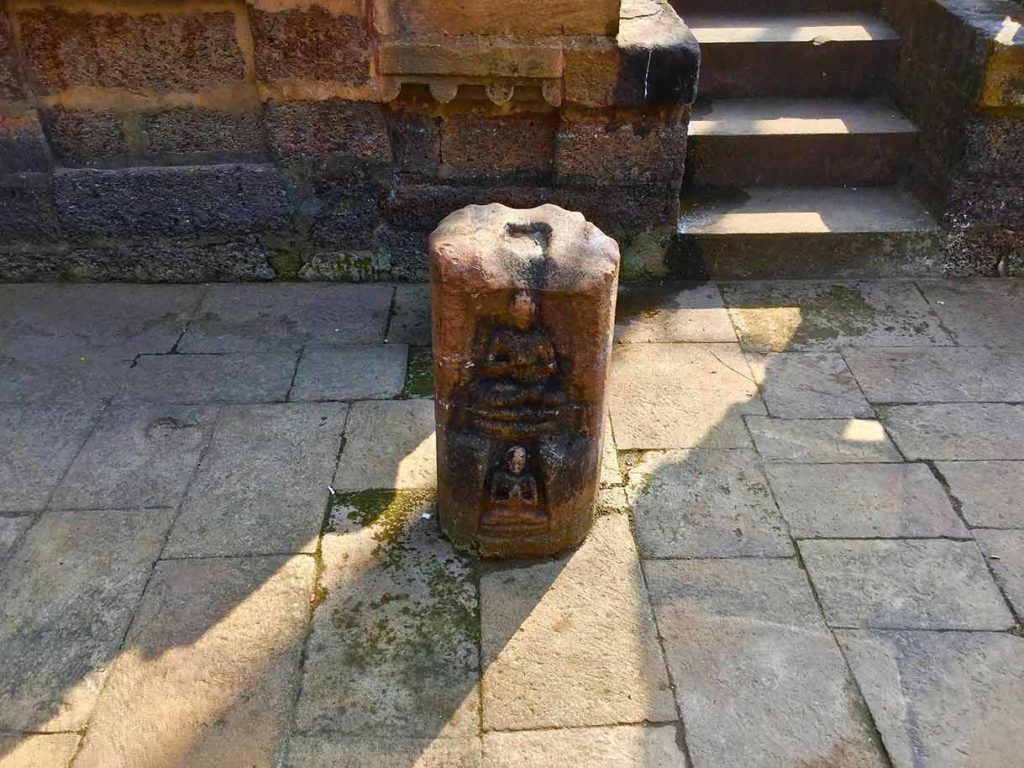
64 Yoginis Temple (20 km)
Another Tantric site is the Temple of the 64 Yoginis in Hirapur, 20km from Bhubaneswar. This is an absolute must-see.
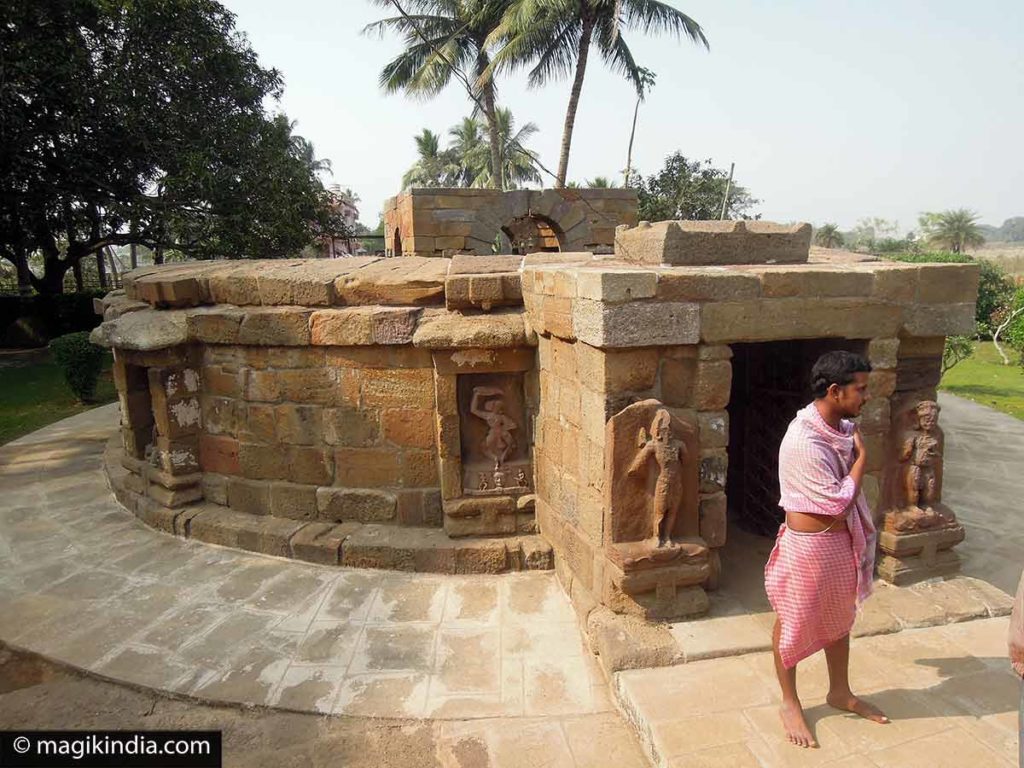
Odisha was one of the centres of the tantric Yogini tradition which developed and grew in the 9th to 13th centuries. According to the Vedic scriptures, the Yoginis were women worshippers of Shakti the Mother Goddess and some attribute them with magical powers.
The temple is a roofless, circular sanctuary built in the 9th century and belonging to an architectural genre quite unrelated to the Odisha school.
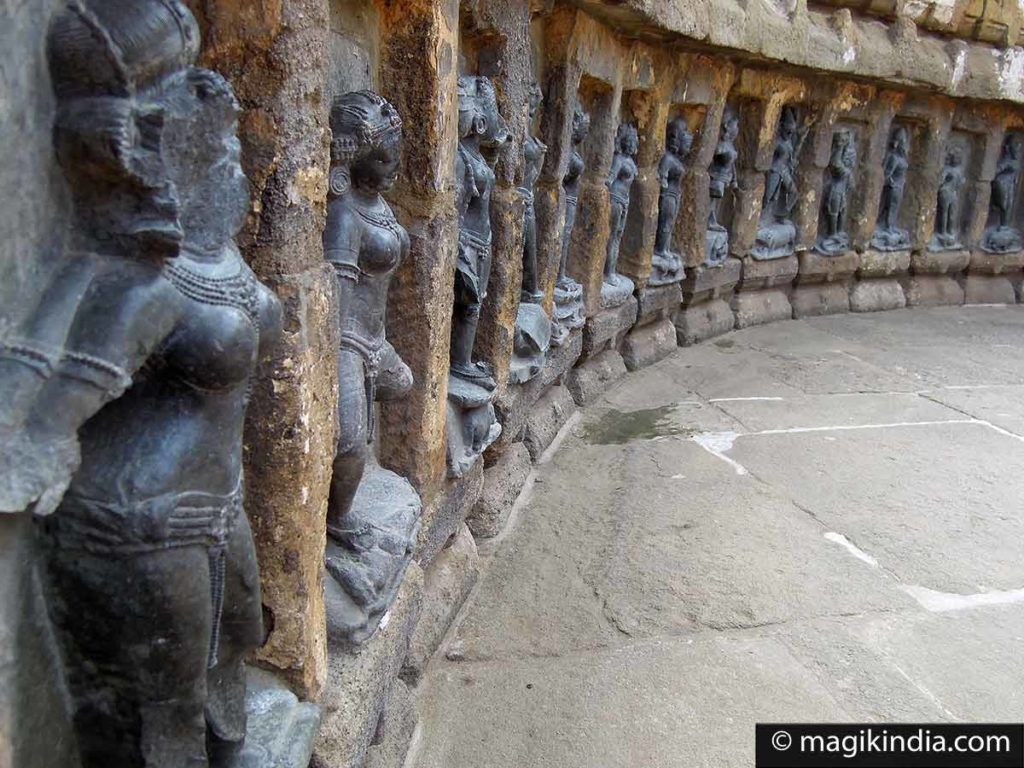
Although it would seem that there were temples of this kind throughout India at a certain period, only four are extant today.
Niches in the inner face of the wall contain 56 statues of Hindu goddesses. Reigning supreme among them is the goddess Kali, standing on a human skull. A sacrificial altar in the middle of the circle has eight more goddesses around it.
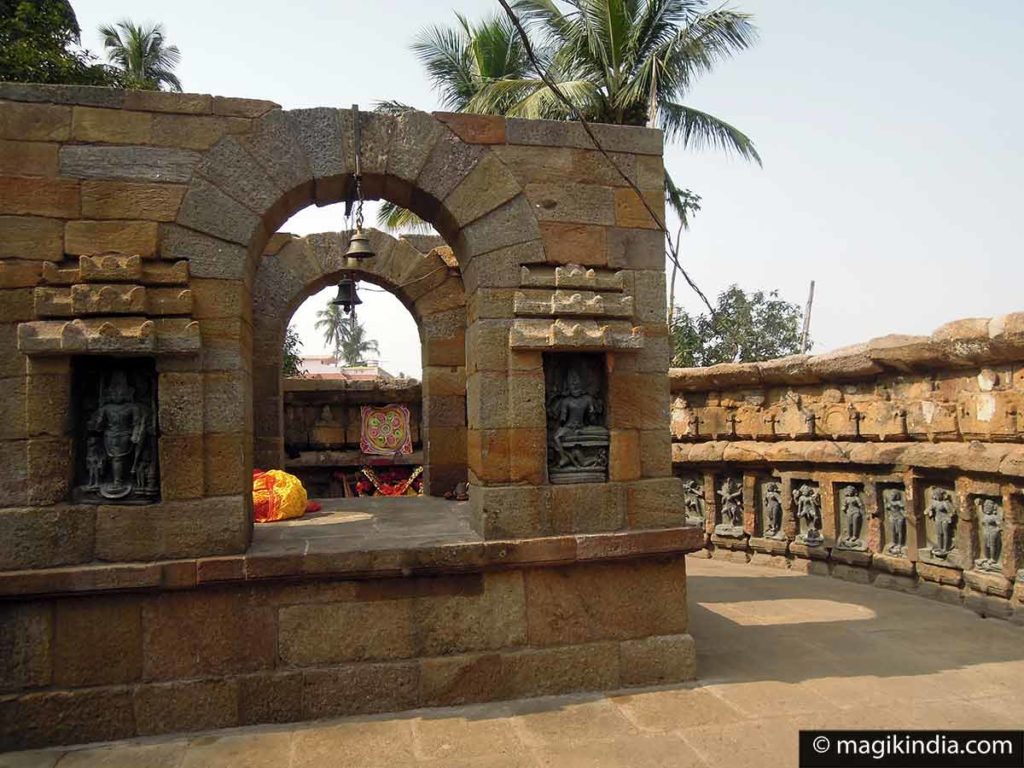
Udayagiri & Khandagiri Caves (7km)
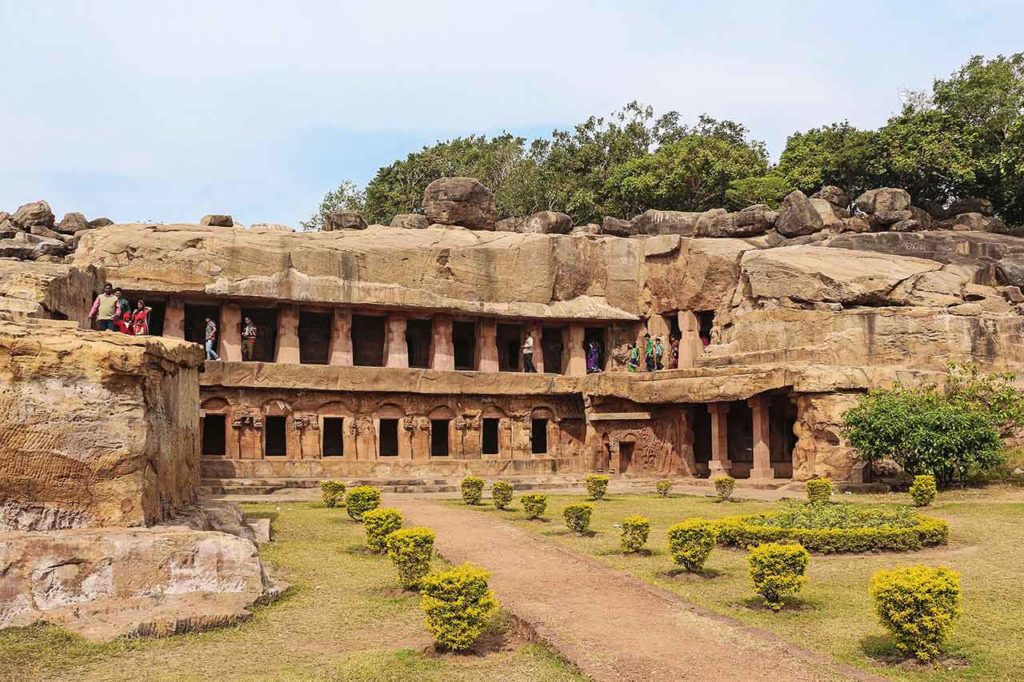
The twin Khandagiri hills, 7km west of Bhubaneswar, boast a number of fine caves carved out of the rock and thought to have been inhabited by Jain monks.
Their construction probably began in the 1st century BCE in the reign of King Kharavela of the Mahameghavahana dynasty.
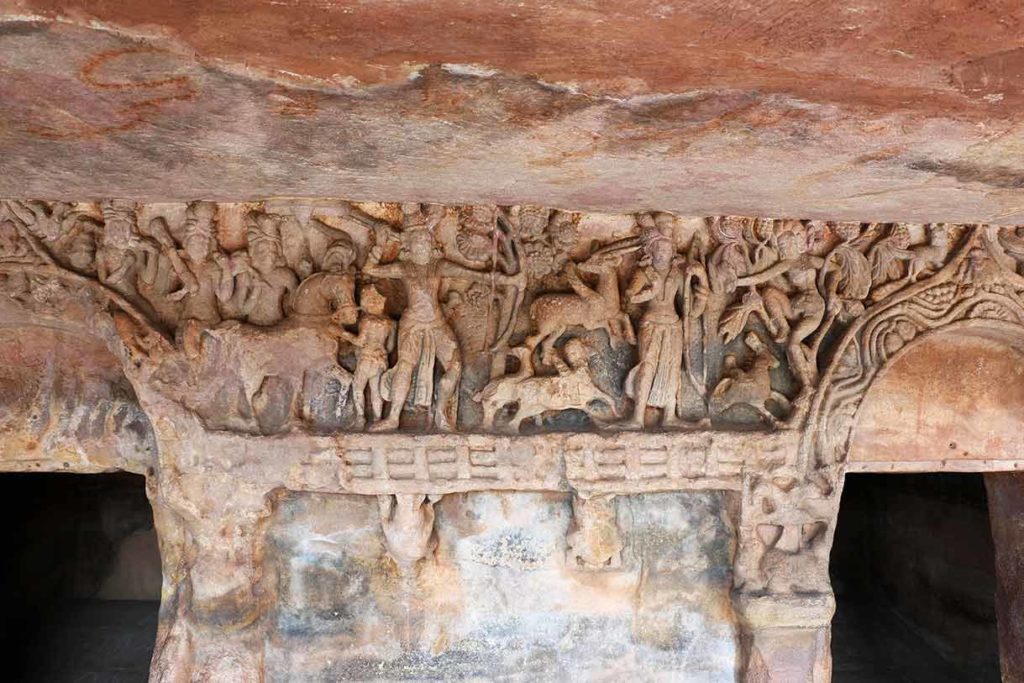
Memorable among the caves are the famous Rani Gumpha (“queen’s cave”) and Ganesha Gumpha with their elaborate sculptural friezes depicting historical scenes, religious ceremonies and dancers.
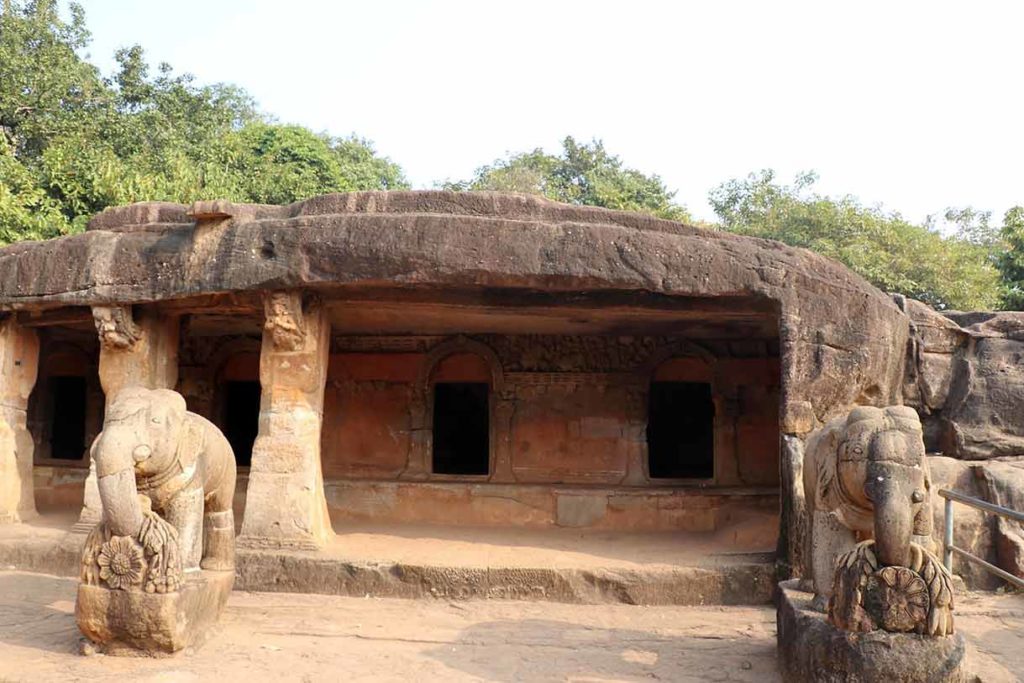
Dauli Pagoda
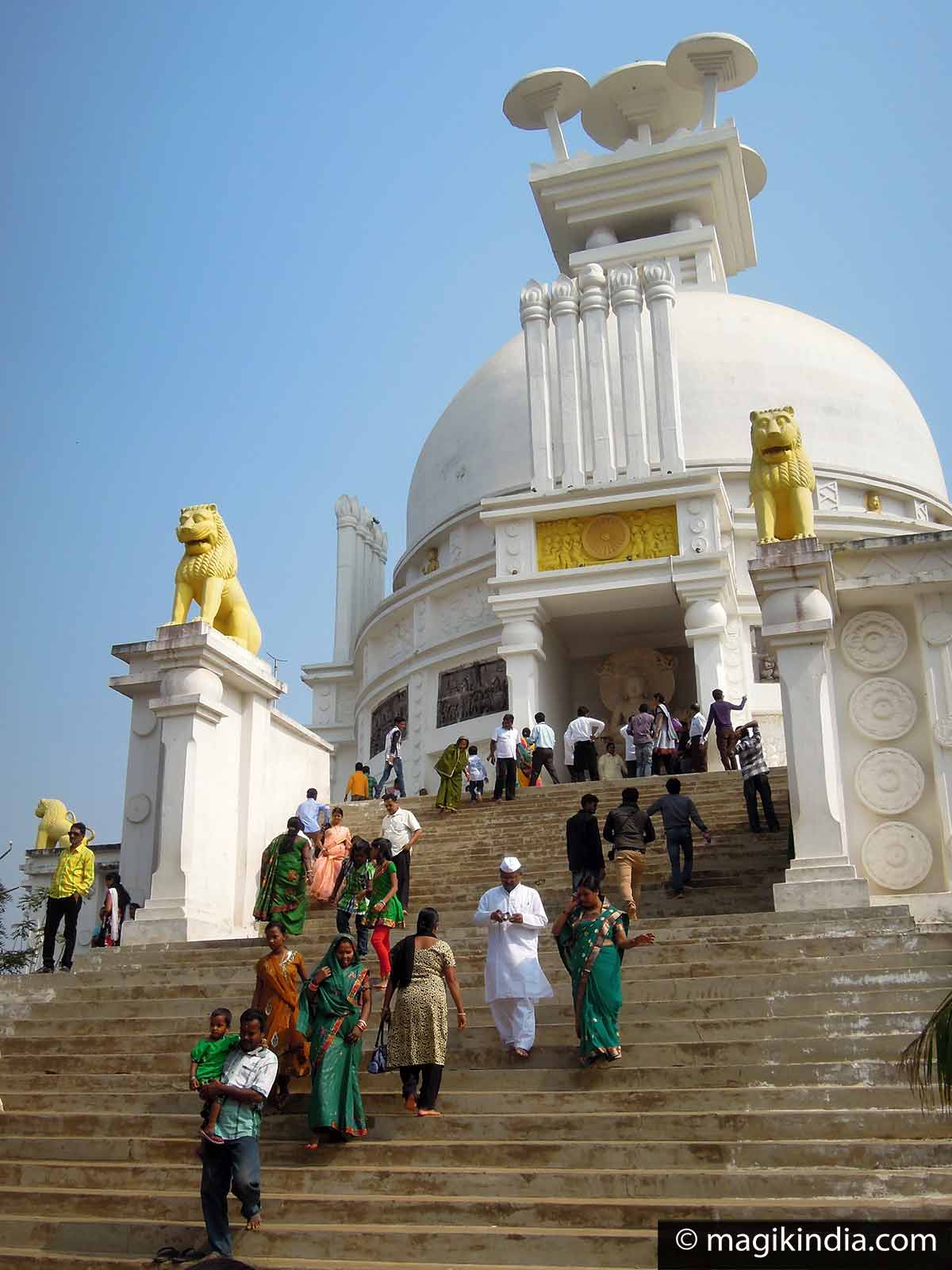
This Buddhist stupa is a curiosity more than anything.
Standing on a hill 8km from Bhubaneshwar, it was built by some Japanese as a “peace pagoda” in 1970.
There are hawkers selling sugar cane juice at the entrance. Let yourself be tempted: it is flavoured with fresh mint and lemon and is absolutely delicious.
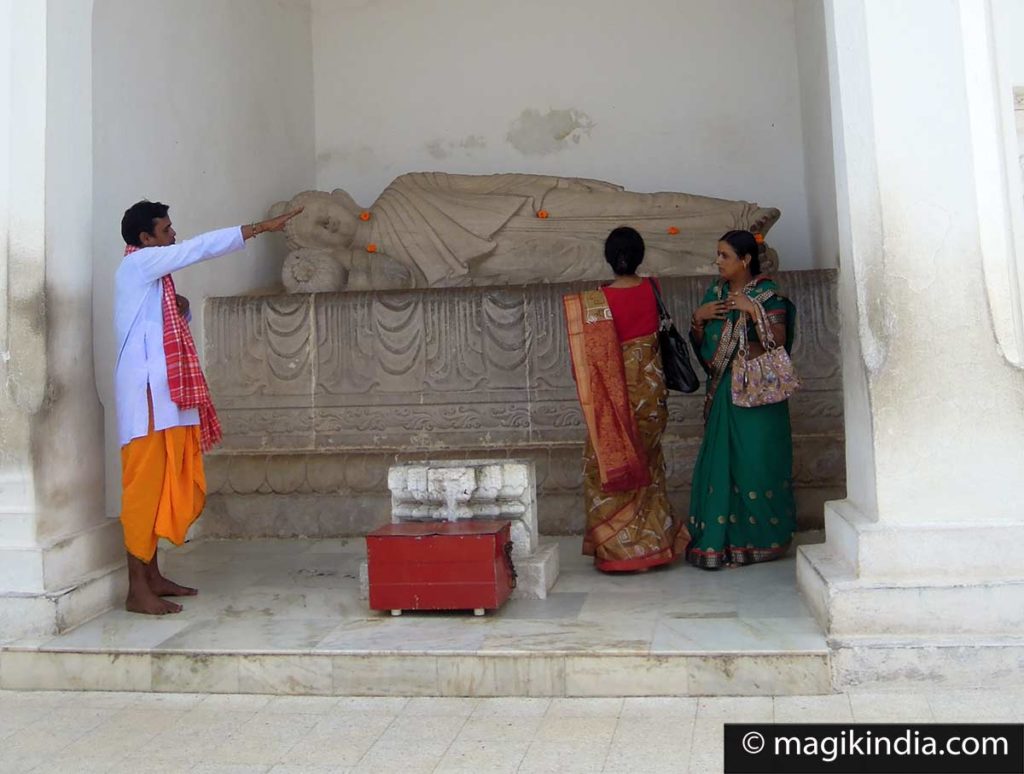

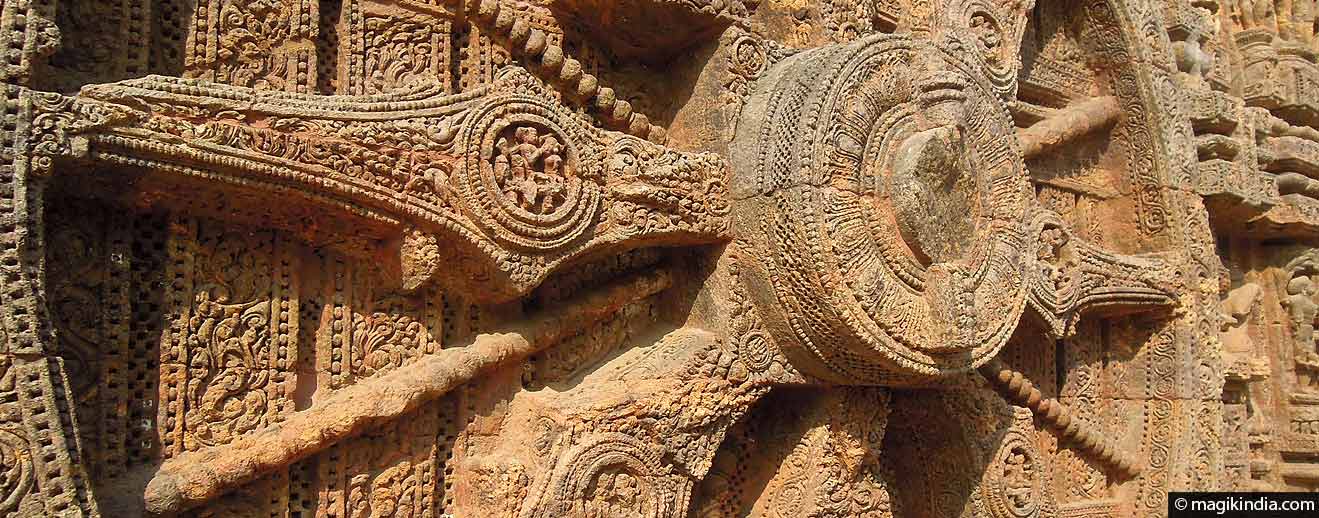
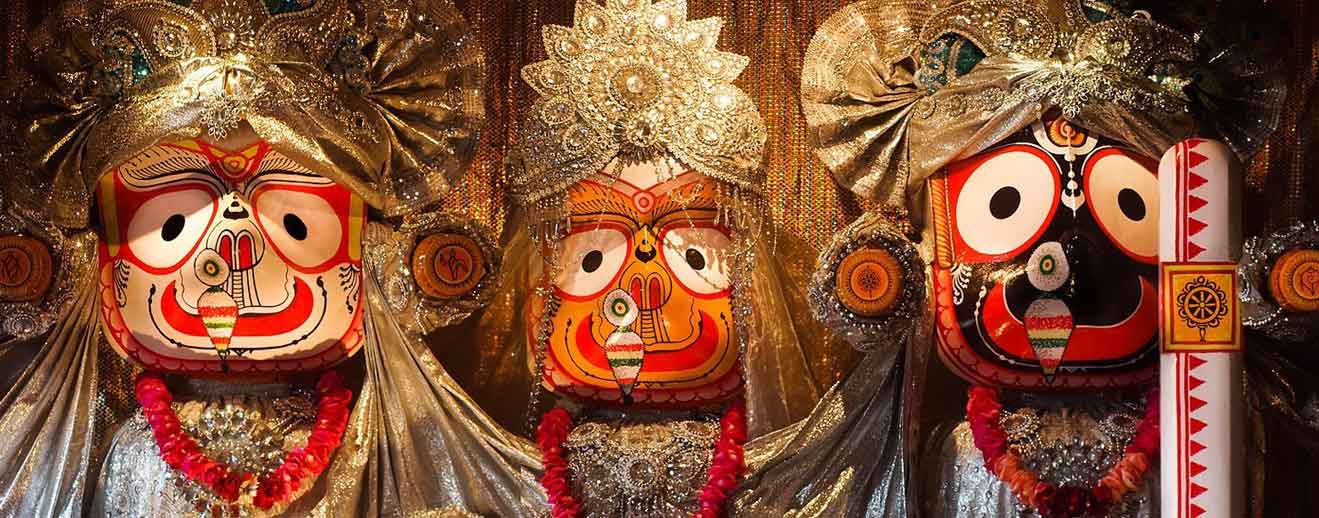

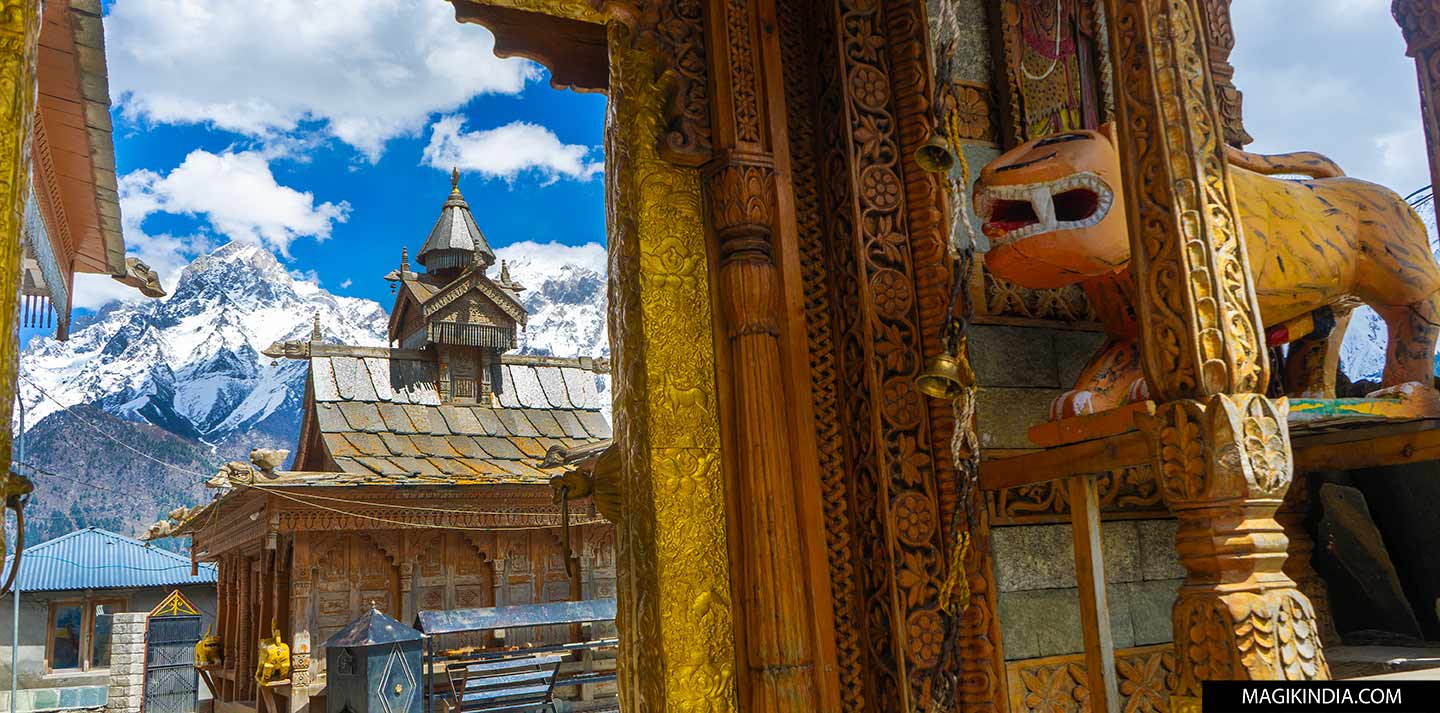

The archaeological remains at Dhauli, and the hills of Udayagiri and Khandagiri provide evidence of both Jain and Buddhist settlements around Bhubaneswar in the first two centuries BC.
yes indeed ! 🙂